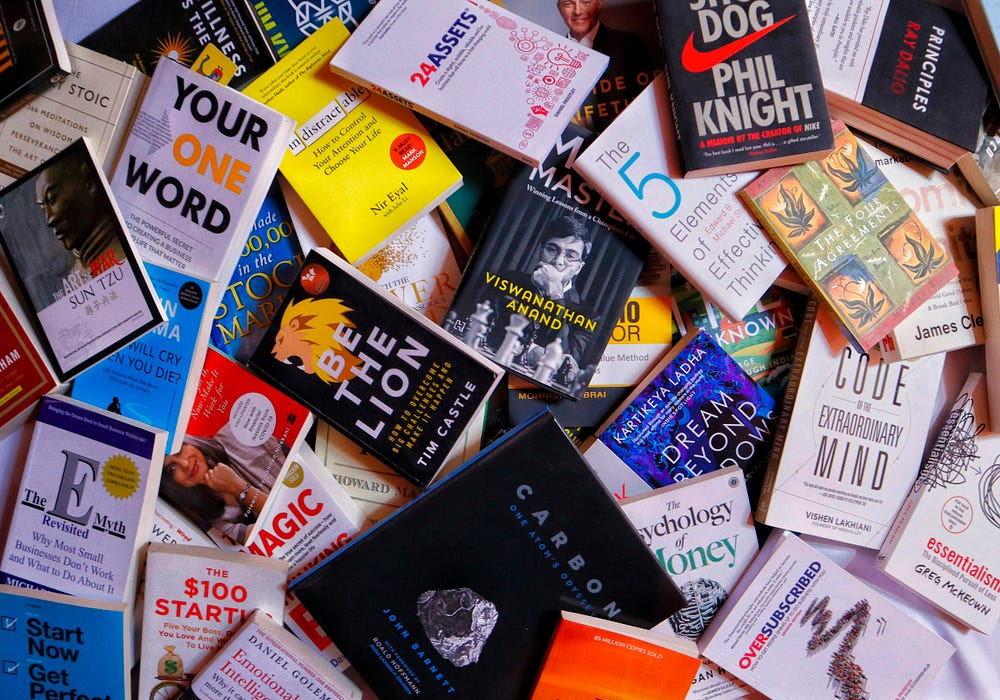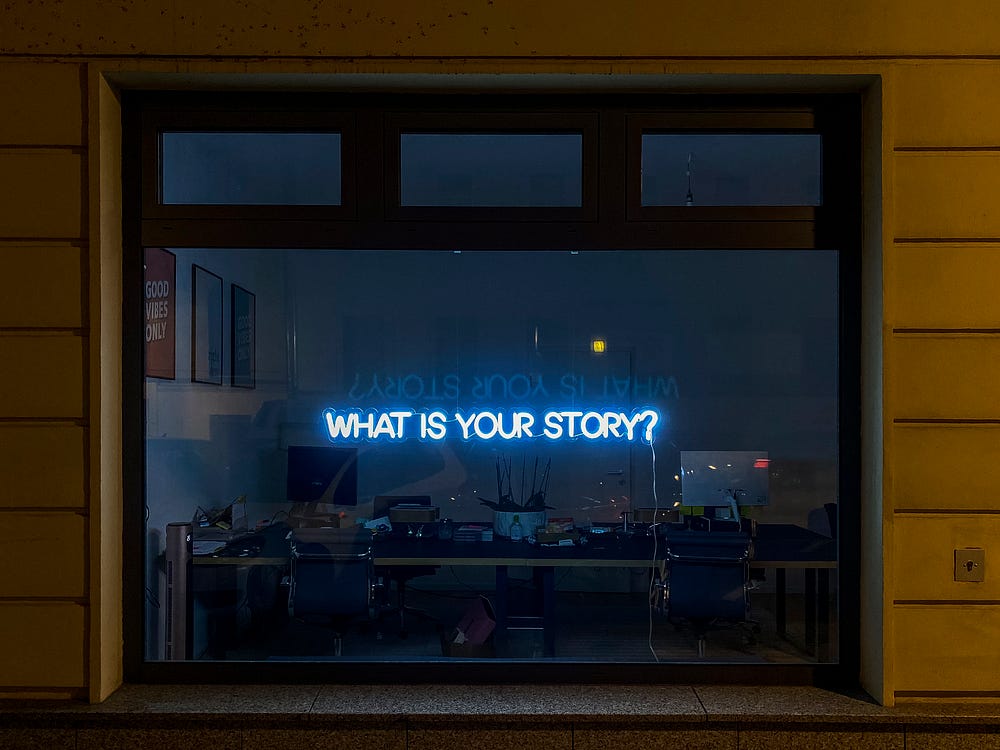Spoiler: there’s no unanimous answer
“Reading is going toward something that is about to be, and no one yet knows what it will be.”
― Italo Calvino, If on a Winter’s Night a Traveler
What does it take to captivate a reader?
Without diving too deep into it, because I plan on dedicating a separate post to it in the future, Italo Calvino’s novel ‘If on a Winter’s Night a Traveler’, addresses all the magical little joys of reading.
What are the expectations of a reader walking into your fictional world? Do they anticipate to bond with the protagonist, do they prefer an ambiguous threat, how do they feel about pure evil villains, what are their favorite tropes?
After gathering opinions from various online sources, I’d say a good story boils down to two things:
It’s Entertaining
It’s Well Written
Narrowing down other factors is more about personal preference, but most readers would put down a book if it’s not engaging or poorly written. I know I’ve struggled to “get to the good part” with certain books, even highly praised ones.

My favorite book, ‘The Count of Monte Cristo’, has a 100–150 page long beginning that is almost entirely exposition. I’ve read plenty of reviews and the most critical ones usually point out this (and another section I’ll discuss in a future article) as the weakest part of the plot. A LOT of readers give up at those chapters and can’t get into the story because of them. On the flipside, I felt a completely different way, immediately intrigued by the setup Alexandre Dumas was establishing, immersed in the atmosphere of 19th century Marseille.
If you want to be read you must find your personal approach to transmuting ideas into beautiful words. The aesthetics of writing, that is captivating and worthy of recognition, contains there 3 elements:
- Your distinct style, choice of words and how you put them together.
- Allowing readers to bond with your characters, world and story.
- A touch of undisclosed magic.
No, I won’t elaborate on the last one (I don’t know what it is either.) I’m not here to give you a masterclass on the art and craft of storytelling. But I have an inkling about some of the key components necessary to captivate and engage readers:
1. Write for (and identify with) your ideal reader

If you want to write a good story, the first thing you need to do is leave people pleasing at the doorstep. There is no such thing as a universally acclaimed perfect book that absolutely every reader in the history of humanity adores. Check out this list of the greatest books of all time, and then go and read reviews on Goodreads; you’ll 100% find enough 1 star ratings, all with justifiable reasoning for the low score. That’s a long-winded way of saying some readers will hate your writing no matter what. And that’s fine! They are not your audience, don’t fight to win them over.
Instead, focus on harboring better understanding of the ones who do enjoy your writing. Put yourself in the position of your ideal reader, become your own fan for a moment, and try to pinpoint the things your audience adores about your writing. Get a clear definition of 2–3 things people love about you work and double down on that. Transform your idea, flip it around and see what crazy spin it does in the air. See the wonky way it landed on itself? Your ideal reader would love that.
Readers enter your story with the intention to find something there, consciously or not. When you’re just starting out, you’re only guessing what that “it factor” might be. But if you already have written works published and gotten feedback, that is your biggest tool to getting even better at serving those delicious stories your readers crave.
Shift your focus outside of you; nobody enjoys self-centered authors (unless you’re an exceptionally interesting person and have a lot of exciting anecdotal stories you can tell.) Invest in others and offer them value through your writing, whatever that may mean for your audience, and people will rush back to you asking for more.
2. Learn from your favorite books

Not necessarily from the best books out there, although you should probably read some of those highly praised novels, articles and publications to see what they’re all about. Absolutely don’t jump into copy-paste mode and write a a plot eerily familiar to your favorite book. But you can absolutely use similar tropes and run them through the prism of your imagination and point of view. You can’t reverse engineer the perfect story, but I don’t think I’ve ever read a worthwhile story by an author who doesn’t read a lot.
Picasso said “Good artists copy, Great artists steal” (or something along those lines) and that applies to all areas of creativity. Once you start creating or come up with a supposedly novel idea, you soon find out someone has already written about that. That doesn’t mean you have to give up on your ideas, no, it presents an opportunity to offer your perspective on a familiar thing, in a way nobody’s done it before.
3. Get out there and live life

Writing is 90% living and 10% actually writing.
What are you going to write about if you’ve got no unique experiences of your own to give you a perspective nobody has seen before? We’re all tiny human beings flying on a watery space rock and the best way to get others excited about your writing is your special, crooked way to look at things.
Writing is like we’re all looking at the same cloud formations and everyone sees a different shape. How does the sky look from your point of view?
4. You don’t need a niche…

… but you’ll probably do better if you commit to one. I’m one of those people that has too many thoughts about too many things, and has an innumerable amount of special interests I want to talk about. 24 hours a day are never enough to distribute equal focus to all those hobbies. So I write about whatever is particularly on my mind each day! That’s a terrible strategy for growth! 😃
Here’s the thing, you can be exceptionally good at writing, but just like pinpointing your audience, you need to curate a specific “product” in order to have stability when writing. If growth and reach is what you’re aiming for. Otherwise your results will vary, your growth will be an unpredictable and jittery path across constantly changing terrain.
For the sake of your sanity, you should absolutely strive for diversity in writing. But it would be better to let your different ideas live completely separate lives. If you want to write romance novels and simultaneously publish political essays… yeah, most likely the two target audiences for these niches won’t have much overlap. Start separate accounts or blogs for your distinctly different interests, write under different pen names. Or go crazy and put it all out there in one place, it’s your writing journey after all. But be prepared to alienate some fraction of your audience, because they might be confused when your creative identity flip-flops too much.
Conclusion

Sometimes the rich, imaginative prose of the author is so captivating in and of itself that’s enough to keep a reader enthralled for hours at a time. A genius author armed with an expansive vocabulary and the skill to wield words like a swift swordsman can create passages so beautifully written, they could probably describe the functionality of a microwave to me and I’d still be mesmerized by what they have to say.
It’s impossible to specifically pinpoint what makes a good author.
Hemingway and Tolkien are both remarked as two of the best novelists of the 20th century — and they’re nothing alike. You can love a realistic book written with a succinct tone, just as much as you adore another novel describing fantastical worlds with flowery adjectives.
Thankfully there are thousands of authors, all expressing themselves distinctively, and every reader can find at least one to fall in love with.
Thanks for reading!
You can read more of my stories here on Medium! 💌
If you want to chat about books and reading, you can find me on Instagram ⋆.ೃ࿔*:・
Feature image: Photo by Christin Hume on Unsplash

